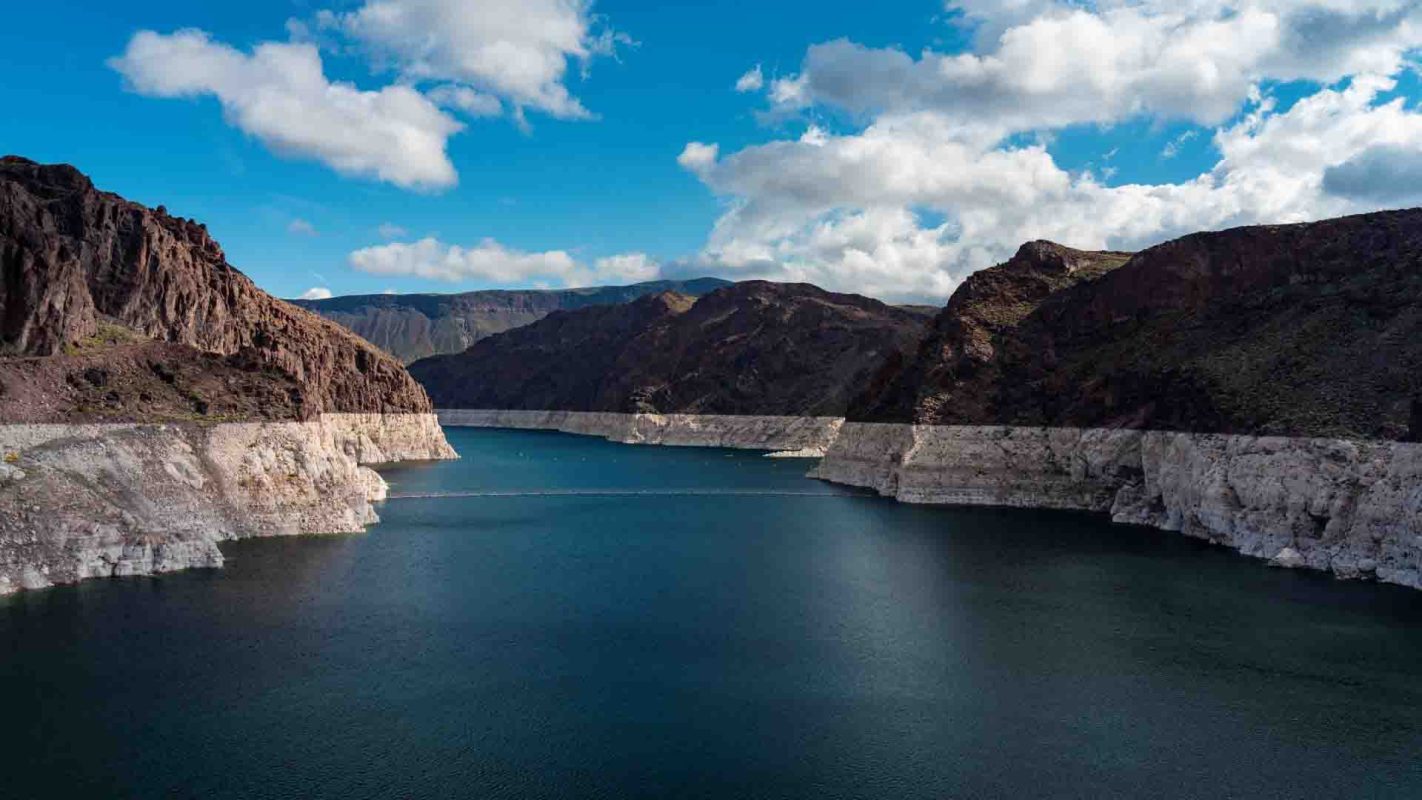Rules for reservoirs have largely remained the same for decades, but that may soon change, as some reservoirs in California have experimented with adjustments amid the state's historically heavy rains — with positive results.
As drought and water scarcity become increasingly dire problems for many around the world, water conservation has emerged as one of the most important considerations for government policy.
Water use and management systems will need to adapt as a result.
Historically, reservoirs have not been allowed to fill all the way up in the winter. This means that much of the precipitation that occurs during those months is essentially allowed to drain away.
While it may not seem like it on the surface, there is a good reason for this. If a reservoir is full during a particularly heavy rain or snowstorm, there can be potentially destructive consequences like flooding.
In the warmer months, a reservoir's job is to hold onto as much water as possible, so communities can have their water needs met.
Of course, there tends to be less precipitation during the summer, so reservoirs don't have as many chances to fill up as they do in the winter.
California's Lake Mendocino and Folsom Reservoir have devised a method to retain some of that winter water, and their efforts may prove to be a model for reservoirs around the world.
Using advanced weather forecasting tools, these reservoirs have been able to hold onto more water than normal during the winter and then shed water as necessary, should a large storm be predicted in the immediate future. In this way, usable water is maximized, and less goes to waste.
As droughts become more common and severe, these simple rule changes and technology implementations can have profoundly positive impacts on our communities as we endure the impacts of our overheating planet.
"Longer droughts, deeper droughts, and bigger storms between them; that's what Mother Nature is going to deliver us under a warmer climate," Marty Ralph, director for the Center for Western Weather and Water Extremes, said of the developments. "So we need to prepare. There's a lot at stake and these are methods that could really help us with climate adaptation."
Want more? Follow The Cool Down on Instagram and join our Weekly Newsletter for cool stories and easy tips that save you money, time, and our planet.








